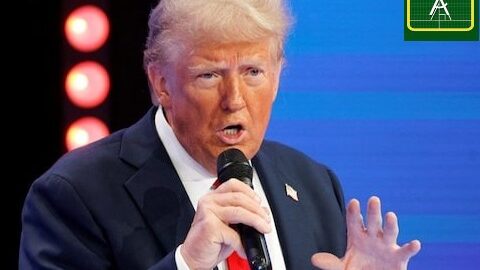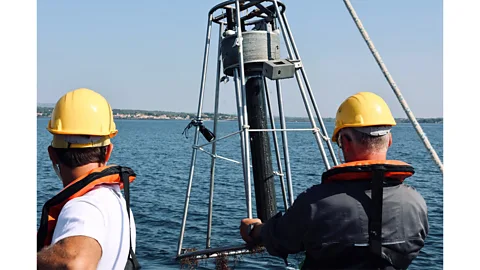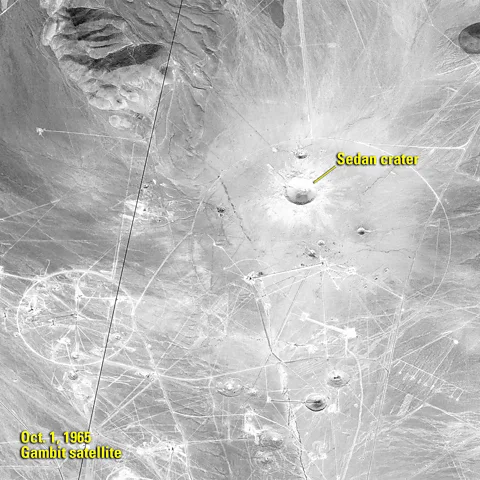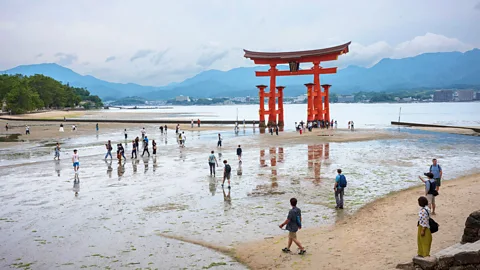If there were any lingering doubts about Donald Trump’s view of the Ukraine war and America’s support of Kyiv’s fight against Russia, he put them to rest in stark terms on Wednesday.

Lashing out at Volodymyr Zelensky, who less than three years ago received a standing ovation in Congress for his efforts to resist Russia’s invasion, the US president labeled Ukraine’s leader a “dictator” and accused him of corruption.
He said Zelensky wanted to “keep the gravy train” of foreign aid running, a day after he appeared to blame Ukraine – not Russia – for starting the war.
“Zelensky better move fast, or he is not going to have a country left,” Trump wrote.
It’s been just under a week since Trump and Russian President Vladimir Putin had a lengthy phone conversation. Now Trump is echoing Russia’s talking points about the war and the Ukrainian president.

Russia’s ambassador to the UK Andrei Kelin praised the Trump administration’s approach.
“For the first time we have noticed that they [the US] are not simply saying that this is Russian propaganda and disinformation. They have listened and they hear what we’re saying,” he told BBC Newsnight.
This sudden change in US foreign policy is indeed dramatic, but it should not be surprising. Trump has been charting this course for years.

His latest comments reflect an American president who is wielding total authority over his party and the full power of government to turn a transactional “America First” foreign policy view into reality.
Trump’s latest broadside against Zelensky came after the Ukrainian leader publicly rejected an American bid to gain access to – and profits from – Ukrainian minerals.
“That’s not a serious conversation,” Zelensky said. “I can’t sell our state.”

The US president seems serious, however, about reducing American military commitments to Europe and pivoting resources instead toward containing China.
And before his decisive election win in November, he frequently criticised the scale of US military aid being sent to Ukraine, describing Zelensky as “the greatest salesman of all time”.
While the voters who elected Trump may not have thought much about the Ukraine war – or foreign policy – in the election, Trump’s position on the issue wasn’t a political liability even as his opponents hammered him on it.
His willingness to now upend international norms and push the limits of US power on the global stage parallel his domestic efforts to slash the federal government and expand presidential authority. And, at least for the moment, there seems to be little interest among Trump’s own party in opposing him.
After his Wednesday social media posts, a few Senate Republicans expressed dismay.
“I certainly would not call President Zelensky a dictator,” Alaska Senator Lisa Murkowski said. Susan Collins of Maine, another regular Republican dissenter, said she disagreed with Trump, as did John Kennedy of Louisiana, who added that Putin was a “gangster”.

Fresh off a trip to Kyiv, Thom Tillis of North Carolina said the Ukraine war was “the responsibility of one human being on the face of the planet: Vladimir Putin”.
If the past is a guide, however, those words within his own party will not translate into any tangible attempt to redirect Trump’s foreign policy. Presidents have broad powers in international relations, and Trump has been clear about his views on Ukraine for years.
He has consistently blamed the Ukraine war on Biden administration weakness, and promised that ending it would be easy.
And while his earlier criticisms of Zelensky were not as sharp as this week, he regularly claimed that the Ukrainian president was adept at convincing Congress to send his country money.
Trump has a long, uneven history with Zelensky, having been impeached in 2019 for withholding arms shipments to Ukraine in an attempt to pressure the Ukrainian leader to open an investigation into his Democratic rival, Joe Biden.
Zelensky’s aggressive pitches for foreign aid, the way the American left has celebrated him as a hero, and his sometimes blunt, confrontational style will all not have helped his case with the US leader.
“The idea that Zelensky is going to change the president’s mind by badmouthing him in public media, everyone who knows the president will tell you that is an atrocious way to deal with this administration,” Vice-President JD Vance said in a recent interview.
Trump has also been consistent in his solicitous views toward Putin and the Russian perspective. He said Putin was a “genius” just days after he launched his invasion of Ukraine. At a July 2018 US-Russia summit in Helsinki, Trump said he had no reason to doubt Putin’s insistence, counter to US intelligence findings, that Russia did not meddle in the 2016 US election.
In Trump’s first term, his foreign policy team included some senior officials more sceptical of Russian intentions – like John Bolton, Mike Pompeo and John Kelly – who were able to moderate the president’s foreign policy impulses. This time around, Trump is surrounded by many like-minded advisers – and those who might disagree are unwilling or unable to change Trump’s mind.
Secretary of State Marco Rubio, once viewed as a foreign policy hawk, has been careful to follow Trump’s lead. Keith Kellogg, a Russia critic who Trump picked as his Ukraine envoy, has been sidelined from negotiations with Moscow, while Steve Witkoff – Trump’s Middle East representative and trusted friend – is directly involved.
Trump also has a base of Republican support that agrees with him – further shoring up his political position.
A February Pew survey indicated only 30% of Republicans believed the current level of US support for Ukraine is “not enough” or “just right”. When the war began, 72% felt that way.
Forty percent of Republicans said they believed supporting Ukraine “hurts” US national security, versus only 27% who said it helps.
The Biden White House had argued that standing up to Russia in Ukraine was essential to US national security, but that is a far cry from how Trump and his closest advisers see the world – not in ideological clashes, but in transactions and relations that either benefit or harm American interests.
His Truth Social post, for instance, lamented that the US “will get nothing back” for the support it has given to Ukraine. His focus on the nation’s rare minerals tracks with his Middle East peace plan that involves the US redeveloping Gaza’s waterfront real estate into a resort, or his interest in maintaining control of – and profiting from – Syrian oil fields in his first presidential term.
Trump’s “America First” priorities do not involve committing US resources to spread democracy or getting involved in far-away conflicts across a “big, big beautiful ocean”, as he wrote on Wednesday.
The Ukraine war, he said, is “far more important to Europe than it is to us”.
This is a sharp change from the interventionist conservatism of George W Bush, the most recent Republican president before Trump. But with Trump as the face of the Republican Party since 2016, the changes over the past few weeks have been sudden – but they have also been a long time coming.








































